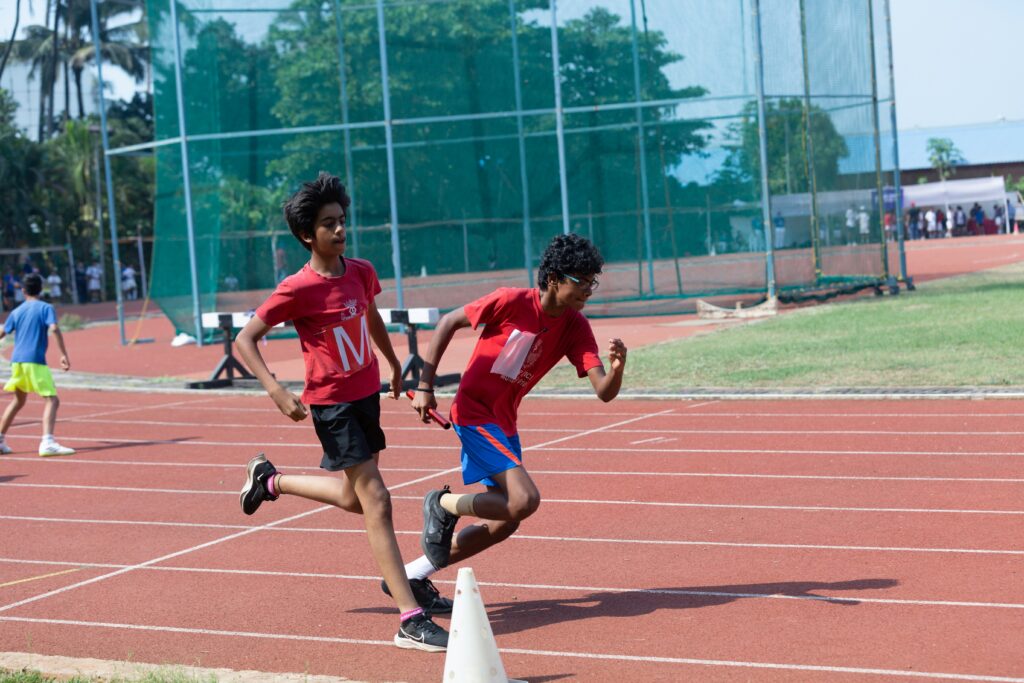Heavy or Light Resistance -What Works Best in Sprint Training?
A new study has shed light on a question many coaches and athletes ask: When it comes to resisted sprinting, is it better to go heavy or stay light?

Photo by Rosario Fernandes on Unsplash
Researchers worked with 38 semi-professional under-19 footballers, dividing them into three groups:
- Heavy-resisted sprinting group
- Light-resisted sprinting group
- Control group (no sprint training)
The two training groups followed an 8-week sprint program. Here’s how they differed:
- The heavy group trained with loads that caused a 75% reduction in max velocity
- The light group used resistance that led to a 25% reduction in max velocity
So, What Did They Find?
Both training methods improved linear and curved sprint performance. However, each had its own strengths:
- Heavy resistance was more effective during the acceleration phase
- Light resistance helped more with max velocity
When it came to change of direction, measured using the 505 Agility Test, only the heavy-resisted group showed significant gains.
Final Takeaway
If you’re looking to boost overall sprint performance, both heavy and light-resisted sprinting work well. But if your goal is to improve acceleration and agility, heavier resistance may give you the edge.
Leave a Reply